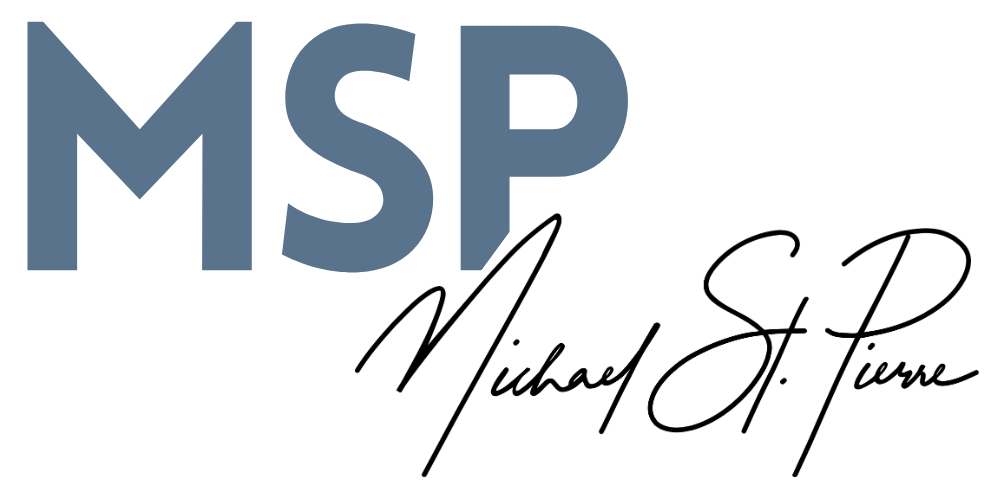Everywhere you look, people are using old-fashioned notebooks. It's not that they've given up their smartphones but that they are using notebooks to bring some analogue into their daily lives.
A smartphone, complemented by a portable notebook is a powerful combo for everyday productivity.
I have been a hybrid paper-digital user for years. While Google Calendar keeps my "hard landscape" events in place, I find there's nothing like paper and pen to navigate the nitty-gritty details of my daily work. This includes meeting notes, doodles and notes from phone calls.
David Sax, in his best-selling book The Revenge of Analog: Real Things and Why They Matter, details the rise in popularity of such notebooks like Moleskine and Baron Fig:
“Numerous studies have shown that handwriting notes is simply better for engagement, information retention, and mental health than is writing on digital devices.”
When you write things down, your brain activates on a deeper level than if you just think something or type it into your computer.
Download The Free Daily Planning Sheet
This is the planning page we suggest using every day.
Moleskine isn't the only popular brand of notebook. There's also the Bullet Journal which has given folks a clever way to stay organized. Consider it "stylized productivity".
The bottom line- notebooks are back and they're cool once again.
There's one catch: what if you want all of the benefits of a fancy notebook but would rather save the $15 that often goes with it?
After all, consider the costs of the most popular "in" notebooks:
- Bullet Journal: $24.95
- Baron Fig: $15-65
There are some other options. You can use an inexpensive notebook. You can create your own system as David Seah has done. Or, you can use a whiteboard to get your creative, handwriting juices flowing.
The most important idea is this- connecting paper with digital is a smart move. You just need to find an expression of this marriage that works for your style and your budget.

